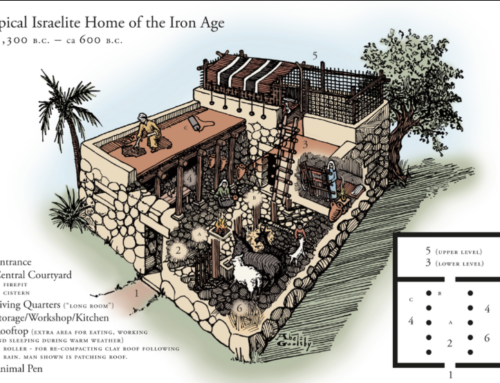I am late getting this Jerusalem Diary up and running because like an absent minded old priest I left my laptop computer in Newark Airport. This has caused considerable stress and worry not only because I am lost without my keyboard, but also because nowadays personal information is on these gadgets and even with the best passwords I know people can get in, so in addition to doing the online filling in of forms for the airport and airline lost and found, we have also had worries about things like online banking passwords etc. etc.
Fortunately I did a backup a few days before departure so with the external hard drive I should be able to recover most of my work. Also, fortunately due to modern technology phone calls to USA from Israel to resolve the problems can largely be done with good WiFi connection.
Despite this headache and the discomfort of modern air travel–10 hours on a plane with cramped room, a mask, bad food and jet lag–I am here in Jerusalem and enjoying an amazing time.
I am staying at Ecole Biblique–the French Dominican house of studies. This is the place where the original work on the Dead Sea Scrolls was undertaken, and it continues to be a top notch Catholic school of Biblical and Archeological research. The Dominicans here are mostly French, but with a handful of other nationalities–a few Africans, a couple of friendly Americans as well as a collection of other scholars and academics. The community is augmented by a small group of Polish nuns.
The priory church is the Basilica of St Stephen. The first church on the site was built in the sixth century to house the relics of St Stephen. At that time the monastery that was attached boasted 10,000 monks. That church and religious community is long gone–having suffered at the hands of Muslim overlords. Another was built in the Middle Ages which was also destroyed lest it become a fortress for the Muslim armies. The present church–a lovely Romanesque edifice–was built at the end of the nineteenth century and has been controlled by the Dominicans ever since.
You may wonder how I am blogging if I have no laptop. Chris Landfried should change his name to Landfriend as he seems to have friends everywhere. When he heard of my predicament he texted, “I have a spare laptop in Jerusalem! It is in the sacristy of the Church of the Holy Sepulchre!” So yesterday–Saturday–I met a priest friend of his–one of the troop of faithful Franciscans who are everywhere out here and he gave me Chris’ old laptop. With a few tricks I got it going and am back to blogging.
Chris also put me in touch with the Rector of the Latin Patriarchate Seminary out here and he invited me to join other priests and the patriarch to celebrate Mass this morning in the Church of the Holy Sepulchre. Wow! What a memorable experience. For those readers who don’t know, the church that houses the tomb of Jesus and the site of the crucifixion is shared by the “Latins”–that’s us, the Armenians, the Coptic Christians and the Orthodox. This ecumenical relationship has involved plenty of controversy over the centuries with each group vying for territory and quarreling over responsibilities. Therefore, it was no surprise that during our liturgy this morning in the Latin section there was also a large group of Orthodox worshipping right beside us. Did our choir of Franciscan friars sing all the louder? Surely not!
The area of the church controlled by the Catholics is just next to the empty tomb and is traditionally the spot where the risen Lord met Mary Magdalene in the garden that morning. If you would like to learn more about this most amazingly historic center of our faith go here for a video tour.
Mass was the Novus Ordo in Latin–crowded with pilgrims, priests, seminarians and friars. What a powerful experience to think I was standing at the spot where–two thousand Springtimes ago the risen Lord met the friend he had died for and whose sins he had forgiven, and I admit my eyes were leaking as I thought that I am also that sinner he befriended and forgave.





Please visit the chapel in the Austrian Hospice. It’s open to the public. Pilgrims from the Austrian empire such as the Hapsburgs would stay in this building which today still houses the Imperial standards and coats-of-arms of visiting Austrian nobility. You will see plaques commemorating their pilgrimages to Jerusalem.
There used to be a Latin Mass in the Dominican Rite early Sunday mornings in the chapel, I’m not sure if they still have them but you could ask your Dominican friends. I urge you to assist at the Dominican Rite mass if you get a chance.
Finally, please visit Ein Karem, just outside Jerusalem. It’s quieter and greener, much more pleasant than crowded Jerusalem. Ein Karem is the hometown of St. Elizabeth. This is where Our Lady stayed for 3 months after the Annunciation.
Food: Machaneh Yehuda market. Must not miss.